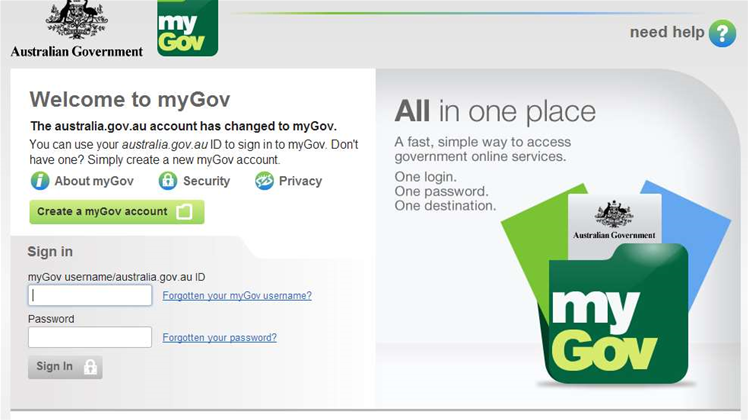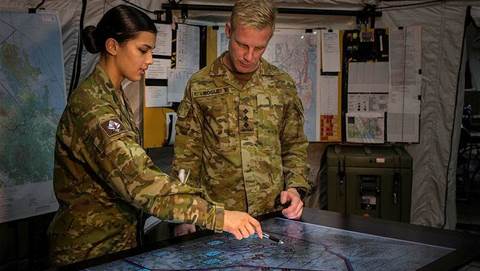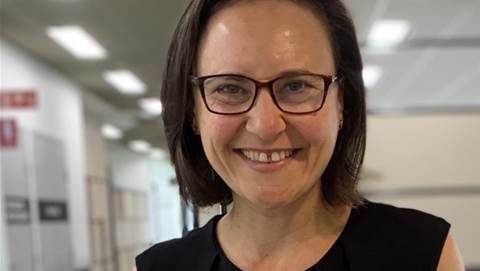The Digital Transformation Agency has completed a month-long pilot of the federal government’s new digital identity credential on the myGov online services portal.

The pilot, which came to an end last week, saw a small group of users authenticate using the Australia Taxation Office’s myGovID app instead of the portal’s existing two-factor system.
myGovID allows citizens to create a digital identity that can be reused across a range of online services and will be the government’s go-to identity credential moving forward.
It currently works like a digital equivalent of the 100 point ID on a selected number of services, verifying identity documents like passports, driver’s licences and Medicare cards in real-time.
But in the future it will also include a facial recognition component, allowing citizens to access more confidential services that require a proof-of-life test.
A spokesperson told iTnews that the ‘myGov digital integration pilot’ ran for 25 days between the 30 April and 24 May and tested myGovID “as a way for people to authenticate to myGov”.
“The myGov identity pilot was available to test for 149 participants who opted to be part of it,” the spokesperson said.
The pilot comes eight months after DTA’s head of digital identity and acting chief strategy officer Jonathon Thorpe revealed myGovID would replace myGov’s existing authentication system.
It is using a portion of the $67 million in funding that was handed to it in last year’s federal budget. The government has spent more than $200 million on the project since it began in 2015.
At the time he said the two systems would be integrated before the end of this financial year to improve the user experience and give the portal a “make it more like a banking experience”.
But the DTA wouldn’t recommit to that timeframe when asked by iTnews, saying only that it was currently considering the next steps.
“The DTA and Services Australia are currently considering the insights from the pilot,” the spokesperson said.
“This will inform the next steps before a fully public integrated system is released.”
More than 1.27 million myGovID identities have been created to date, according to the most recent figures released by the DTA.
This figure has tripled since it replaced the PKI-based legacy AUSkey authentication solution and became the sole way to authenticated on the ATO’s tax agent portal.
While the DTA is considering switching myGov’s existing authentication solution with myGovID, it is also planning to publicly test the facial recognition component by mid-2020.
The facial verification and liveness detection feature is required for citizens to access more confidential services under what the DTA calls identity proofing level three (IP3).
Since September 2018, the DTA and ATO have been testing liveness detection software from IDEMIA, including from IDEMIA, to check if a person is alive and breathing.
In a submission to the senate fintech inquiry, DTA chief Randall Brugeaud said software allowing individuals to compare a selfie with a passport photo had been “successfully connected and tested”.
But when asked if a decision had been made on which software would be used for the liveness component of myGovID, a spokesperson told iTnews “no”.
A brief published on the government’s digital marketplace last week also indicates the DTA is turning its attention to the finer details of rolling out a national federated digital identity ecosystem.
The ecosystem - which includes a Services Australia-operated identity exchange and an overarching trusted digital identity framework - is also intended to be used by state and territory government and the private sector.
But “extending the use of digital identity ... is expected to increase the overall costs of delivering the digital Identity program”, and the DTA is now looking at how it might fund the rollout across Australia.
“Non-Commonwealth use of the Digital Identity platform will need to be funded through a charging arrangement,” the brief states.
“The next part of this process involves the development by 30 June 2020 of a charging framework discussion paper to support consultation with Commonwealth stakeholders.”



















